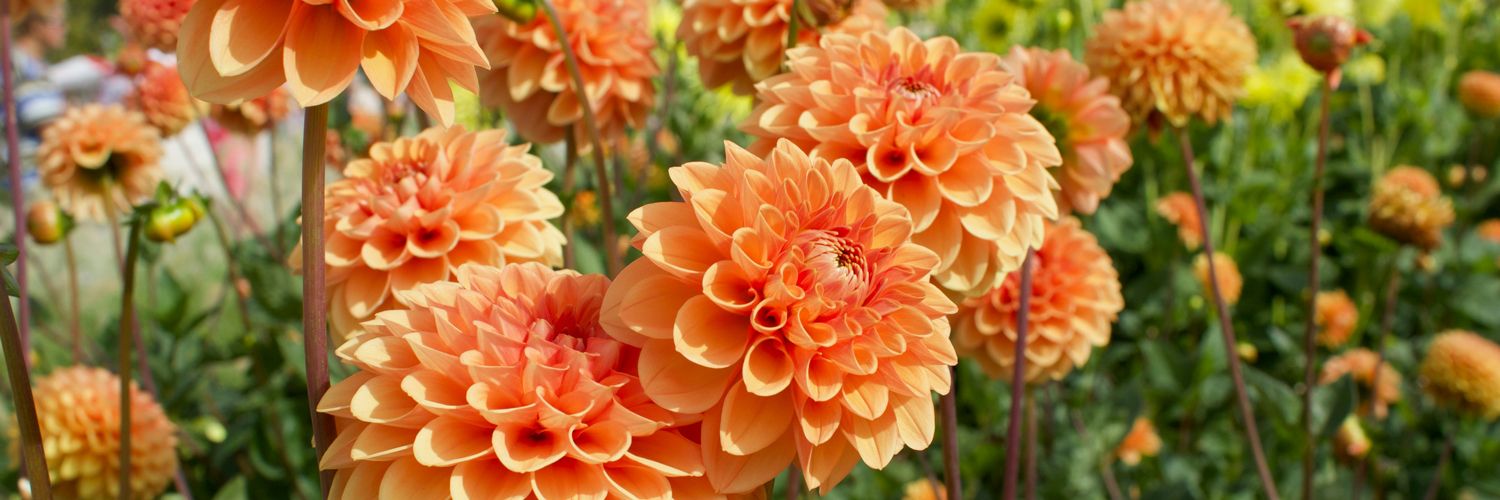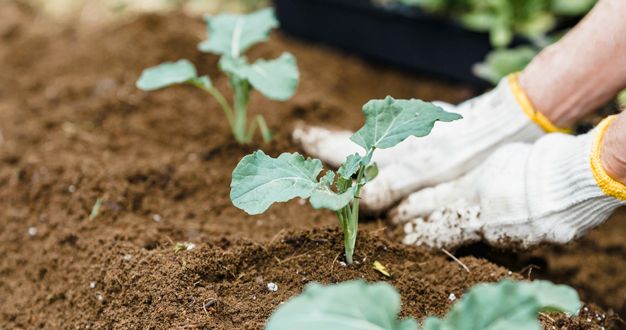
Elephant ear, dahlia, lily, gladiolus, and canna. These unassuming spring bulbs, tubers, and corms don’t look like much now, but before long, they’ll transform your outdoor spaces into a riot of bold summer color and head-turning foliage. Let’s take a look at some of our favorites and find out what makes each one such a valuable addition to your patio and landscape. Plus, if you missed the chance to plant your spring-blooming bulbs last fall, we’ve got you covered there too!
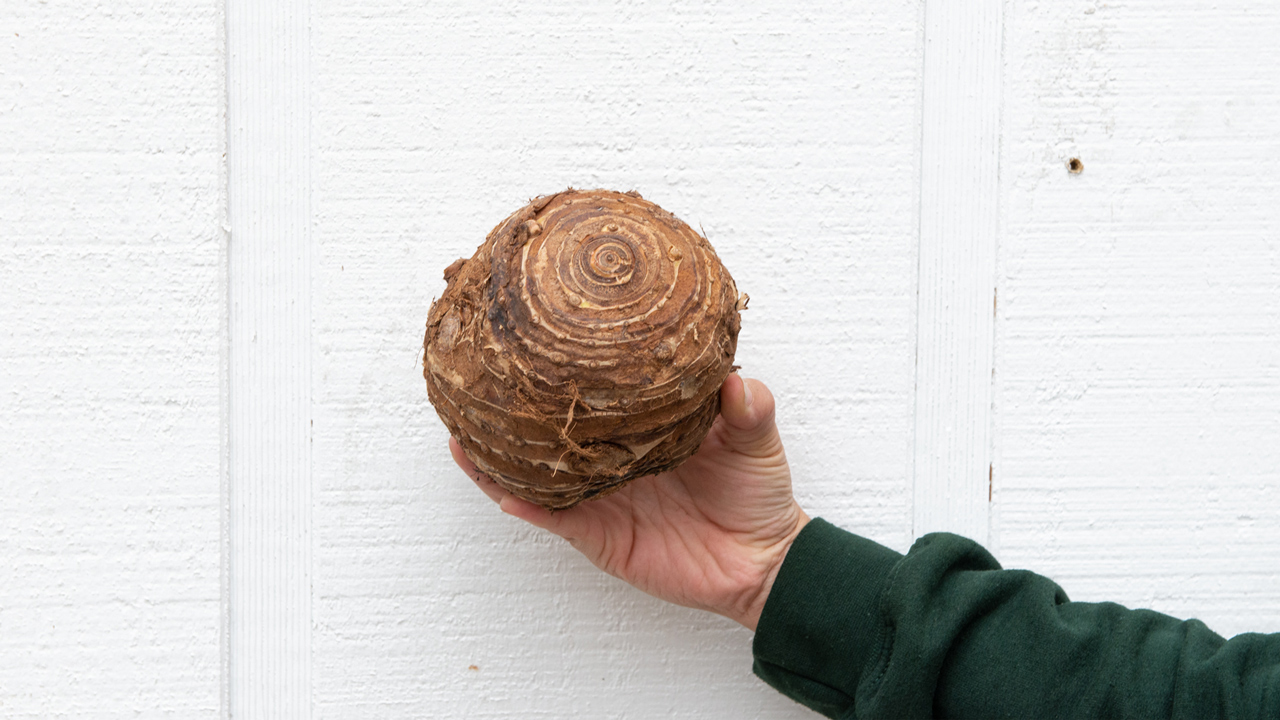
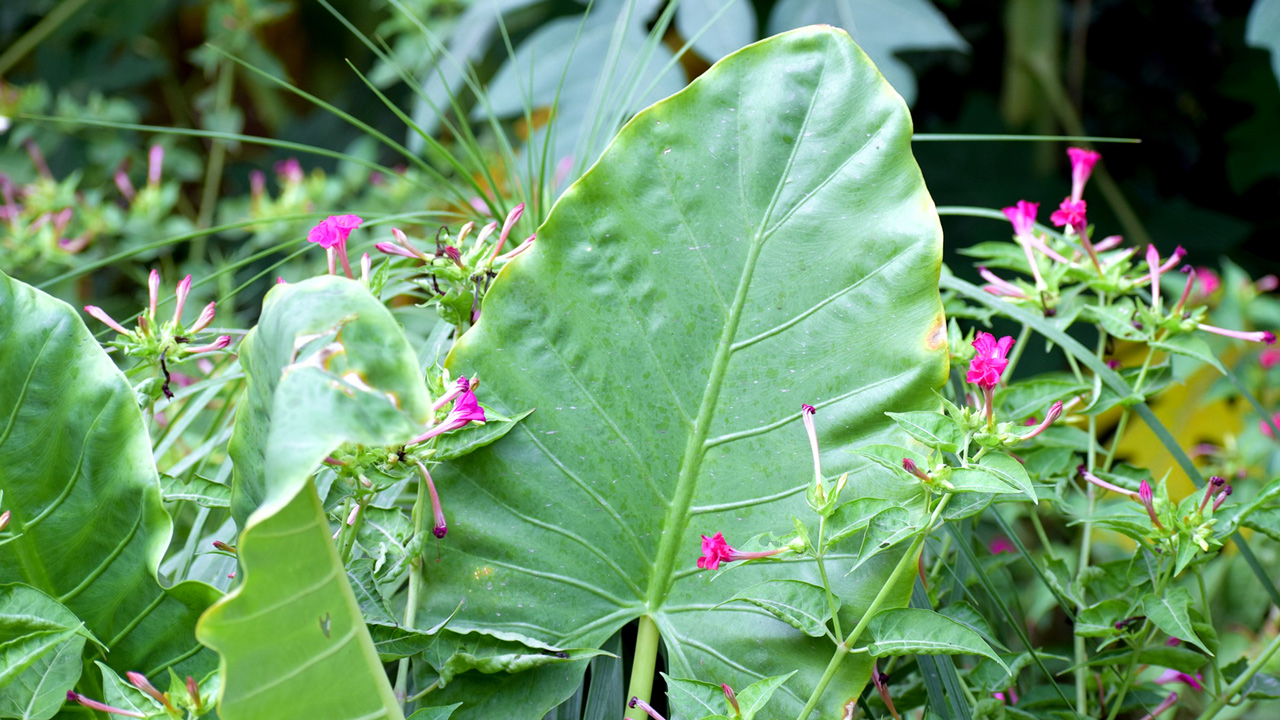
Elephant Ear // Alocasia + Colocasia
Nothing calls stunning tropical beauty to your patio like a huge elephant ear plant. In a big container or as the focal point in a flowerbed, these plants bring all the drama. You’ll find them in two types: alocasia and colocasia. Both are full of personality with their huge, heart-shaped leaves – typically pointing upward on alocasia and downward on colocasia.
Depending on the cultivar, the plants themselves can be anywhere from two to eight or more feet tall – and they like part sun, consistent soil moisture, and a little fertilizer to fuel all that amazing growth. The color of their foliage ranges from bright, grassy green to deep purple or nearly black with a few variegated guys thrown in there too.
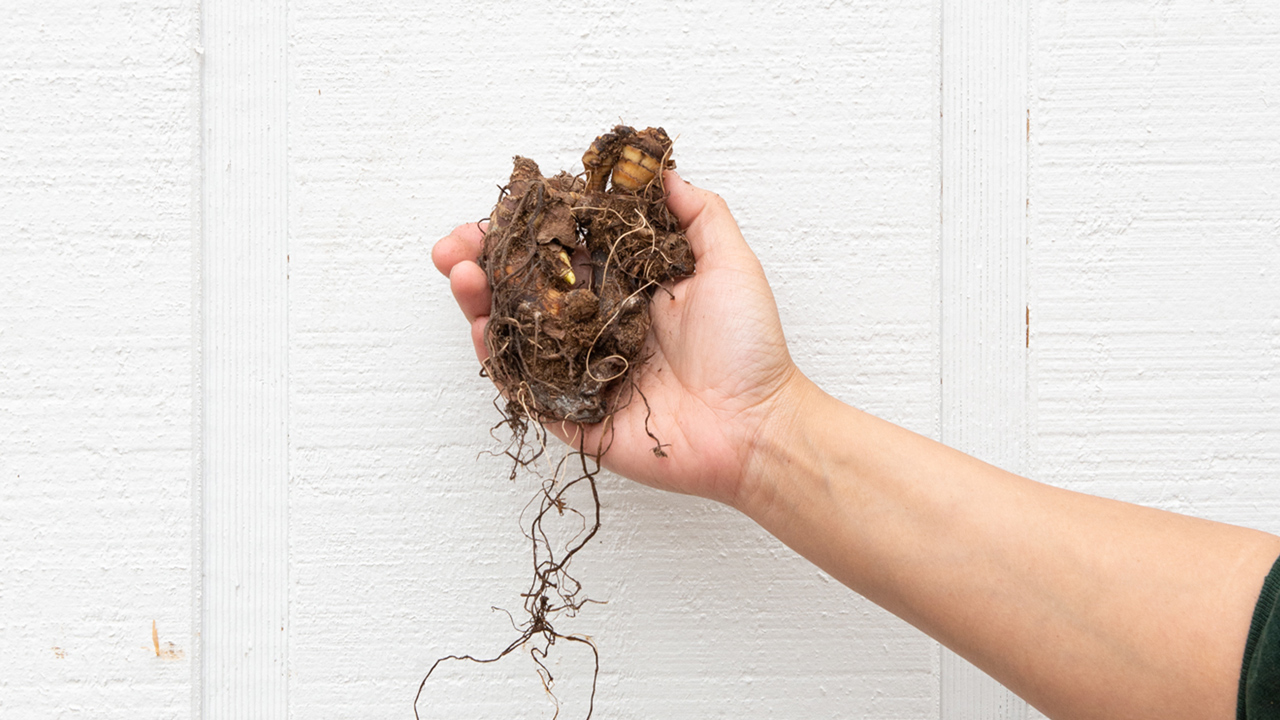

Dahlia
Dahlias are some of the most celebrated of garden blooms, and once you’ve grown them, you’ll be hooked too. The sheer variety of vivid colors, bloom styles, and sizes can be a bit overwhelming at first. Some dahlia flowers are golf-ball size while some are called “dinner plate” for good reason. Some blooms are dainty with just a few sweet petals surrounding a center cone – like a daisy – while others are densely packed with hundreds of petals arranged in a perfectly symmetrical sphere.
Even a random mix splashed across your flower bed is perfectly gorgeous, and the butterflies, bees, and hummingbirds love the selection too. So mix and match all you want. No matter what the type, dahlias love rich, well-drained soil and lots of full sun.

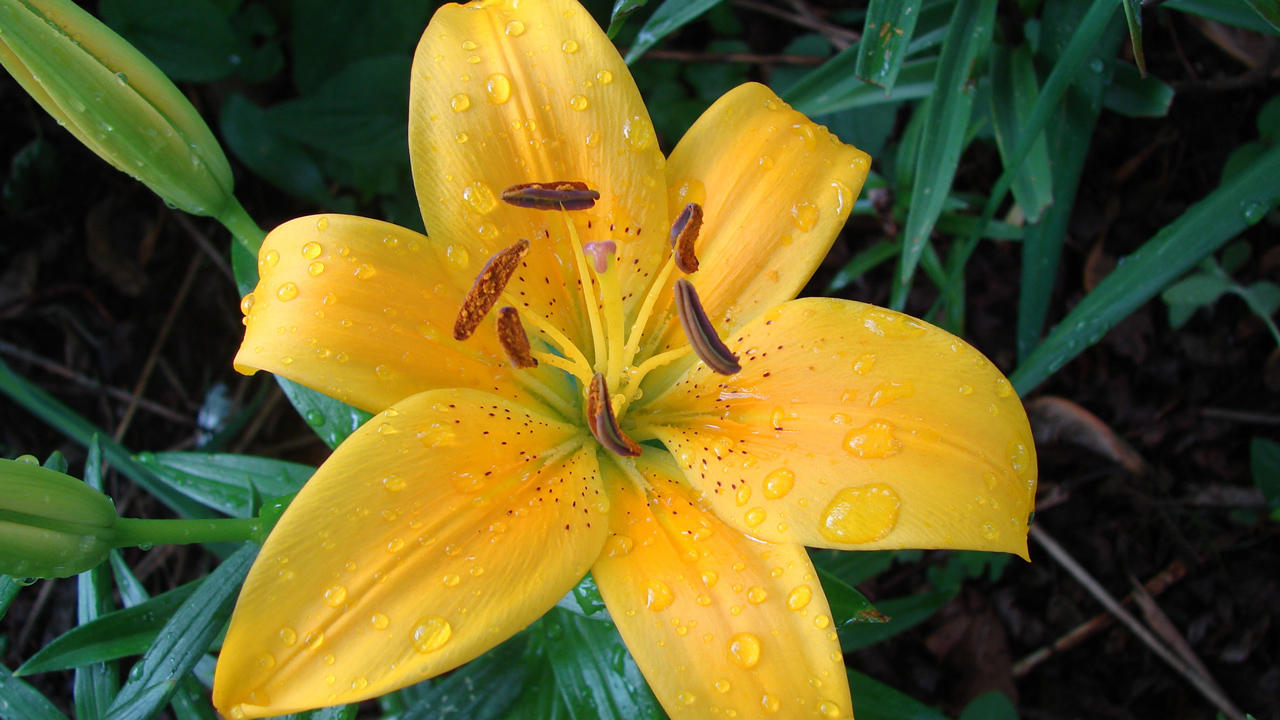
Lily // Asiatic + Oriental
Another contender for your summer garden’s biggest eye-catcher are the lilies. In our collection, you’ll find two groups: Asiatic and Oriental. Aside from some differences in fragrance, foliage, and bloom time, both types create bold, vivid color in your mid-summer garden. The large, six-petaled blooms feature a rainbow of colors from solid white to deep, dark burgundy with stripes, freckles, and contrasting edges thrown in there too. Like dahlias, lilies like lots of sun and well-drained soil. They look great in containers, along borders, or in a big vase in your dining room.
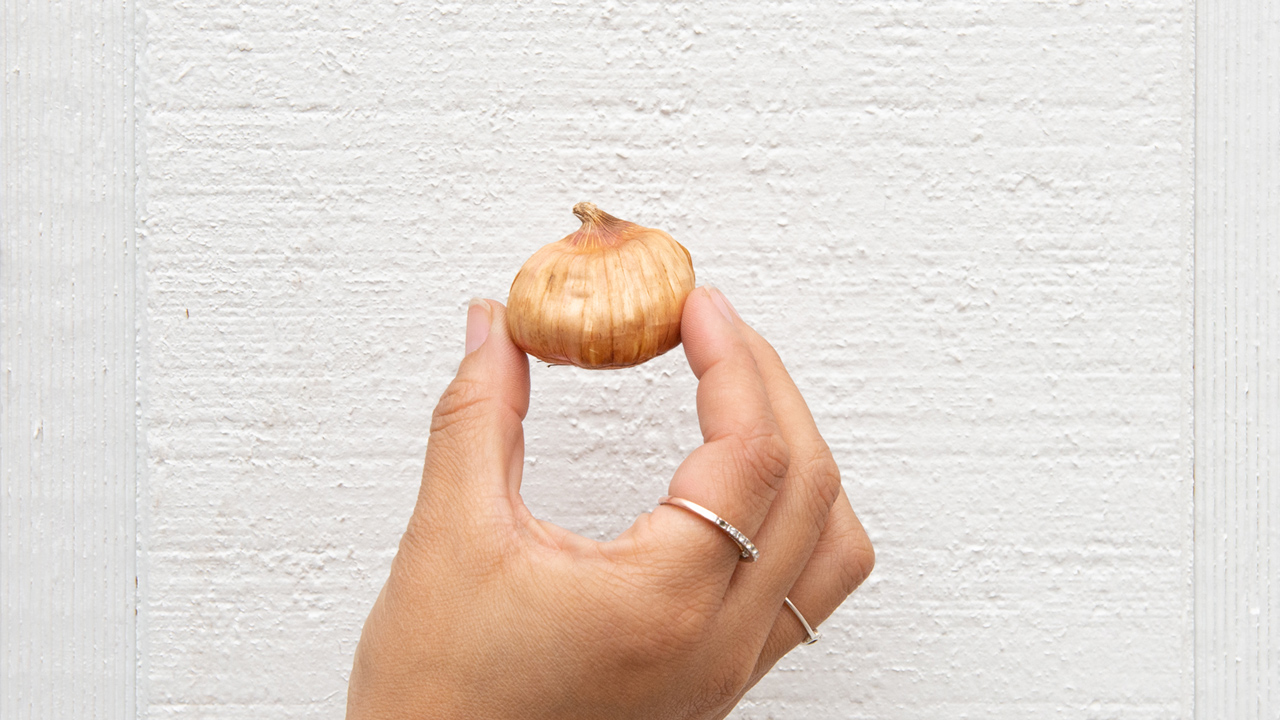
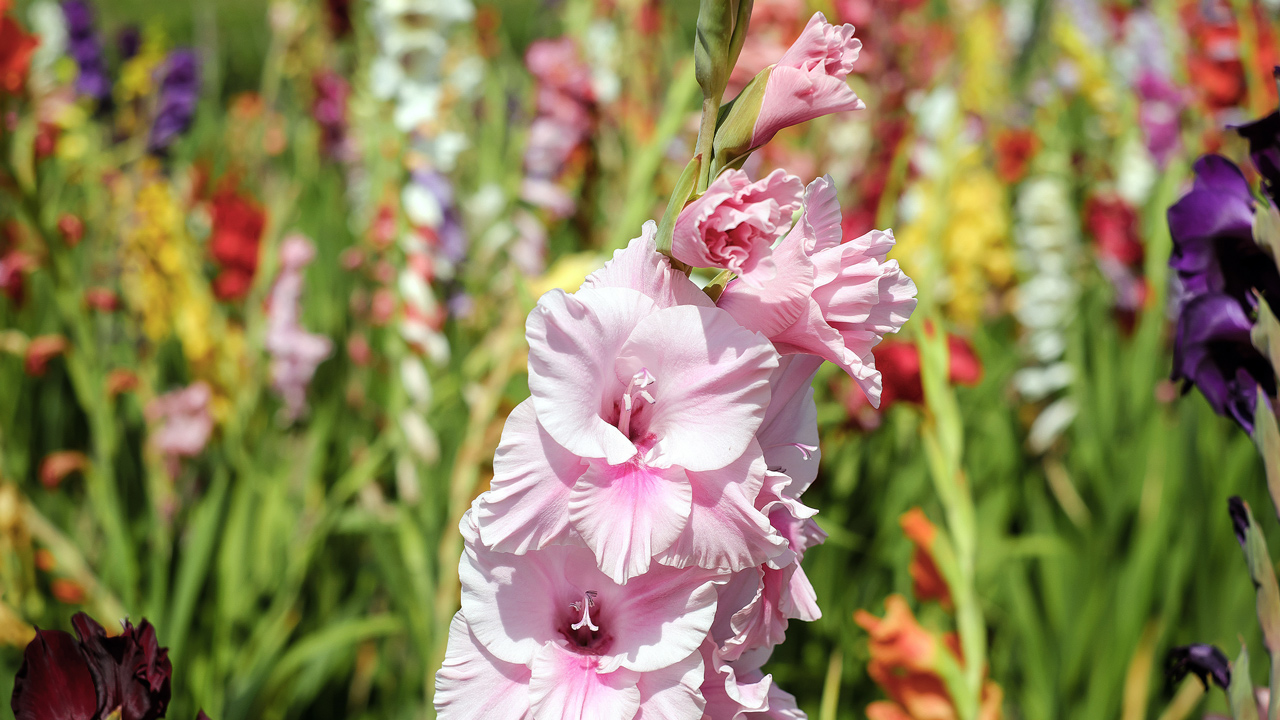
Gladiolus
Spears of colorful, lily-like blooms stacked one on top of the other, shooting up from your garden bed – sounds exciting, doesn’t it? With gladiolus, you can choose from a rich selection of colors in red, orange, yellow, blue, and purple – or mix it up for a rainbow effect. Regular water with good drainage and lots of full sun is all they need to brighten up your borders and containers. Cut a few and brighten up a friend’s day too.
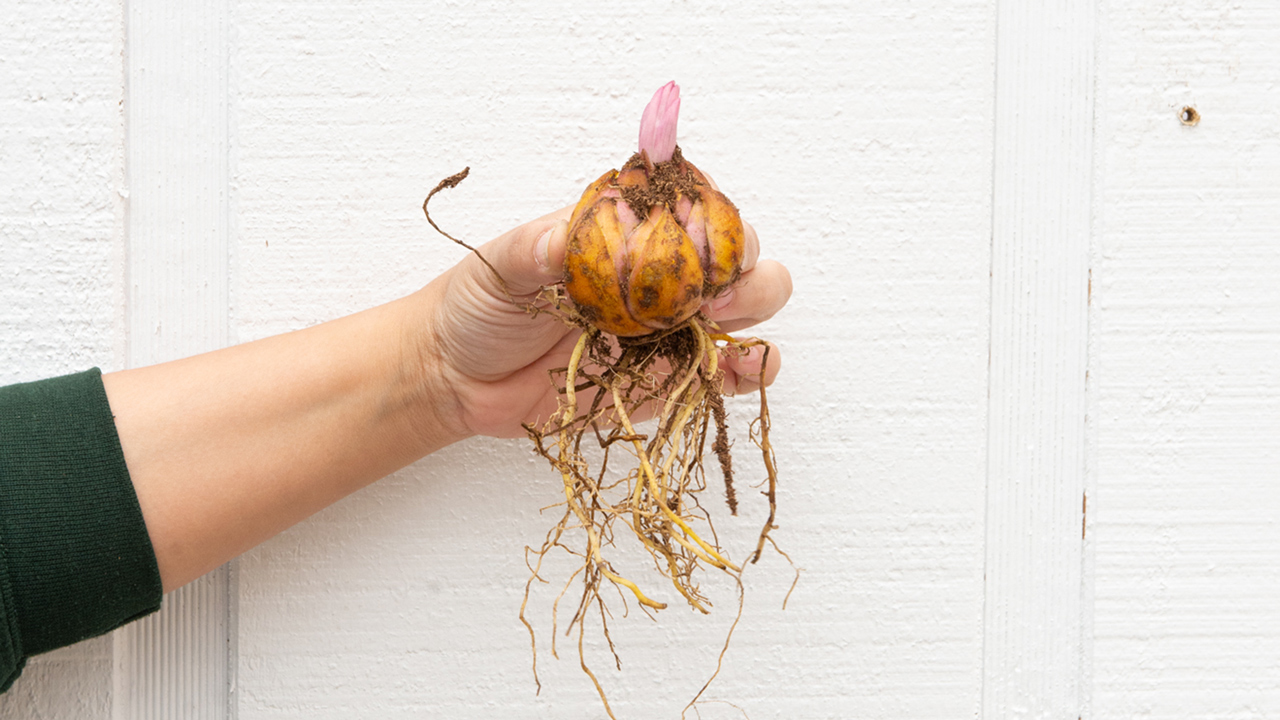
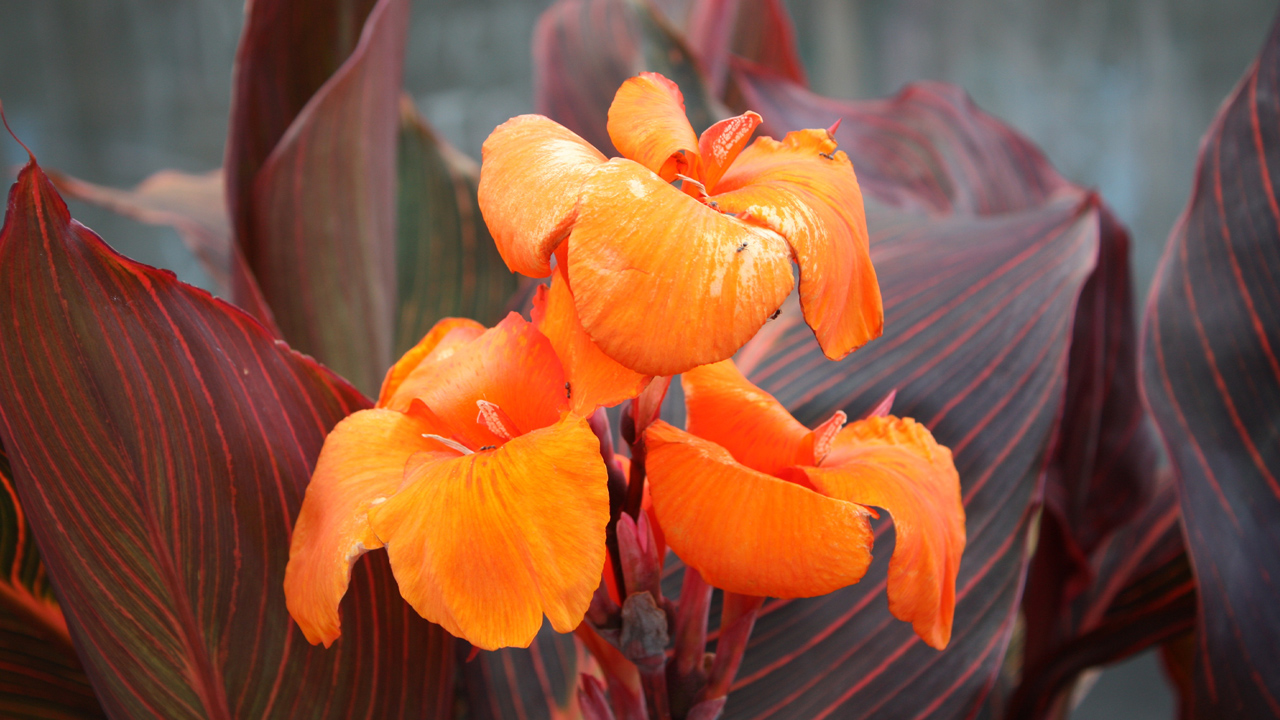
Canna
For dramatic tropical foliage and bold, colorful blooms, reach for the cannas. Plant a row of these beauties – with their huge, paddle-shaped leaves and ruffled, citrus-colored flowers – and your landscape quickly becomes a tropical resort. Blooms range from pink to yellow to fiery orange and red, and the leaves can be bright green, deep gray-green, or even burgundy.
Check the tag before you choose though. Depending on the cultivar, a canna can grow anywhere from two to eight feet tall. Taller varieties are show-stoppers when planted in groups in the landscape; shorter types make great centerpieces for large container arrangements too. For the best display, just make sure they get lots of sun, consistent moisture, and good drainage.
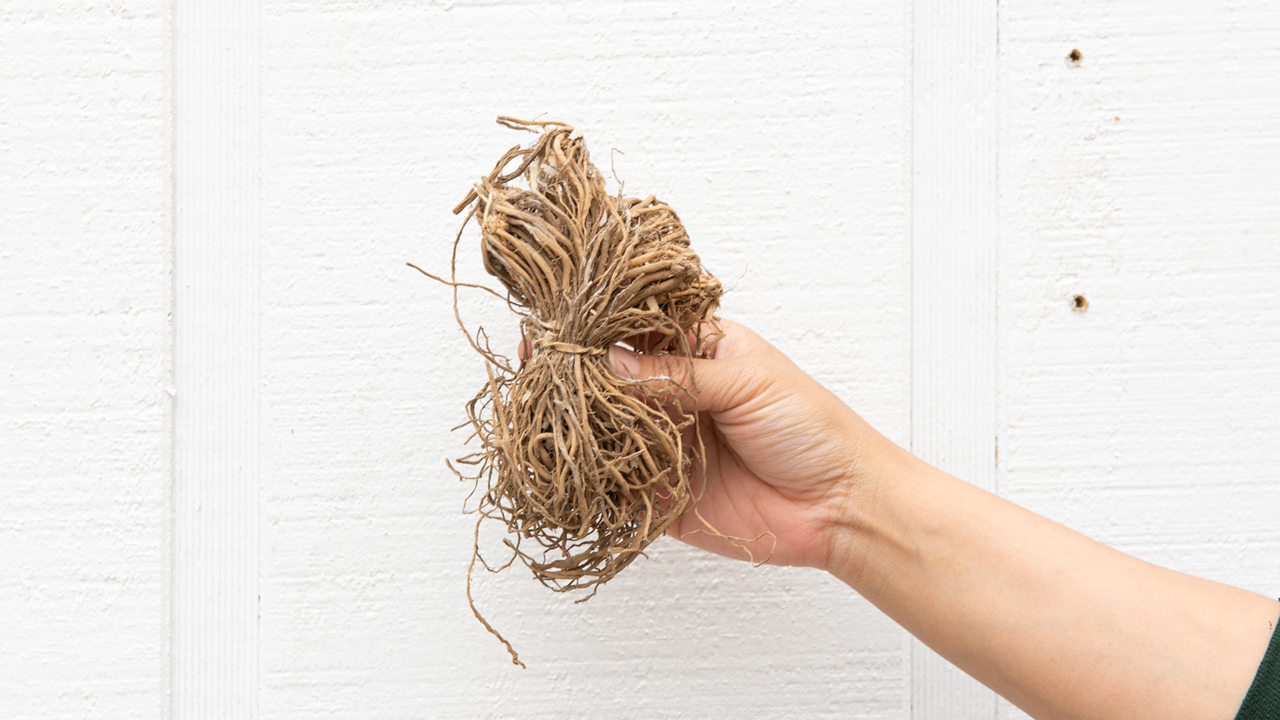
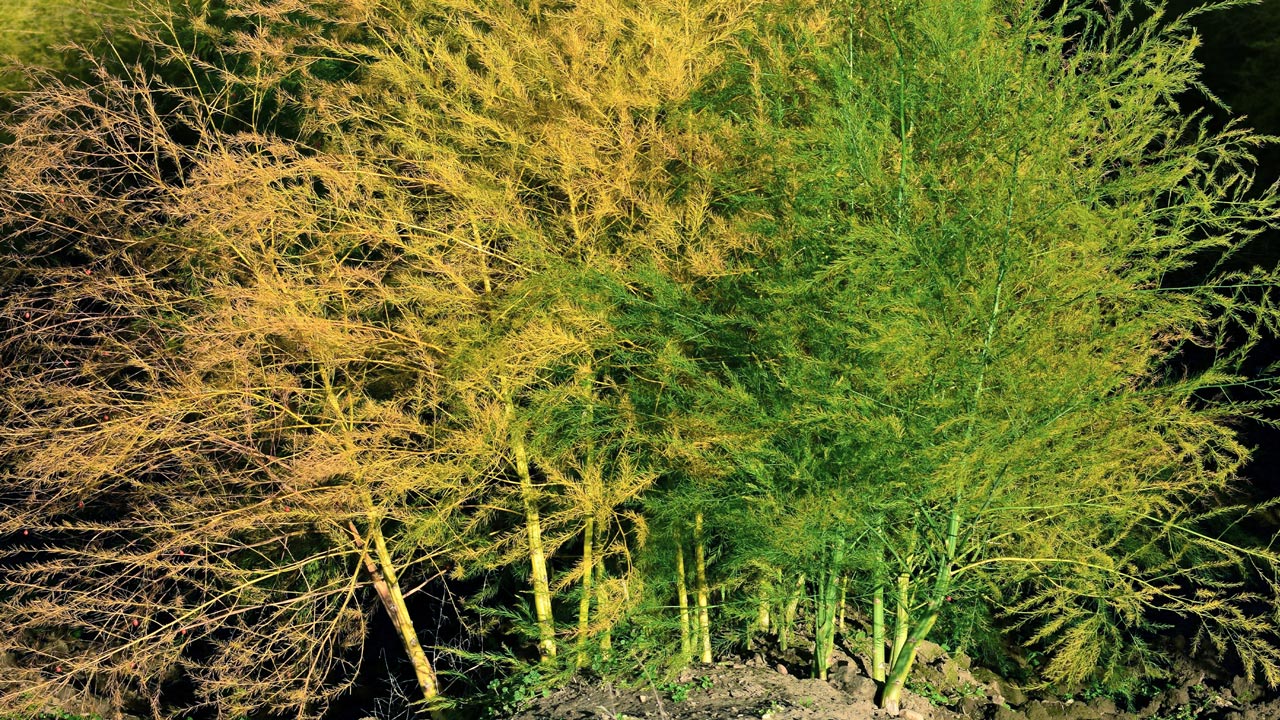
Edibles // Onion, potato, asparagus + more
In addition to all the beautiful color, spring is the time to plant the underground structures of many of your favorite edible plants too. Once the soil warms up, you can add delicious vegetables like shallot, garlic, onion, potato, and sweet potato to your garden. Asparagus and rhubarb too – but unlike the rest, these two are perennial and will return next year.
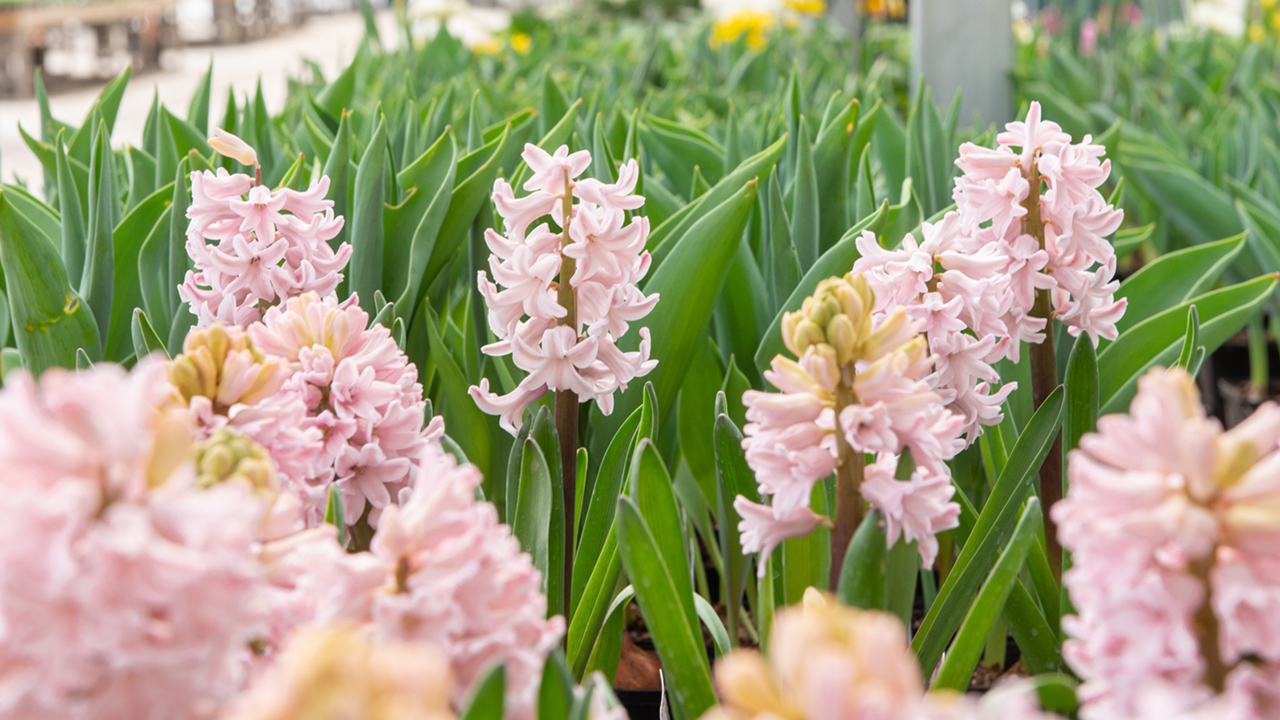
Sprouted Bulbs for Instant Color
If you’re looking for tulip, daffodil, and hyacinth bulbs to plant now, you won’t find them – these spring-blooming bulbs are planted in the fall instead. But we’ve got that covered with pre-planted containers of these classic spring flowers, blooming now and ready to enjoy on a table indoors, in an outdoor container, or in a garden bed.
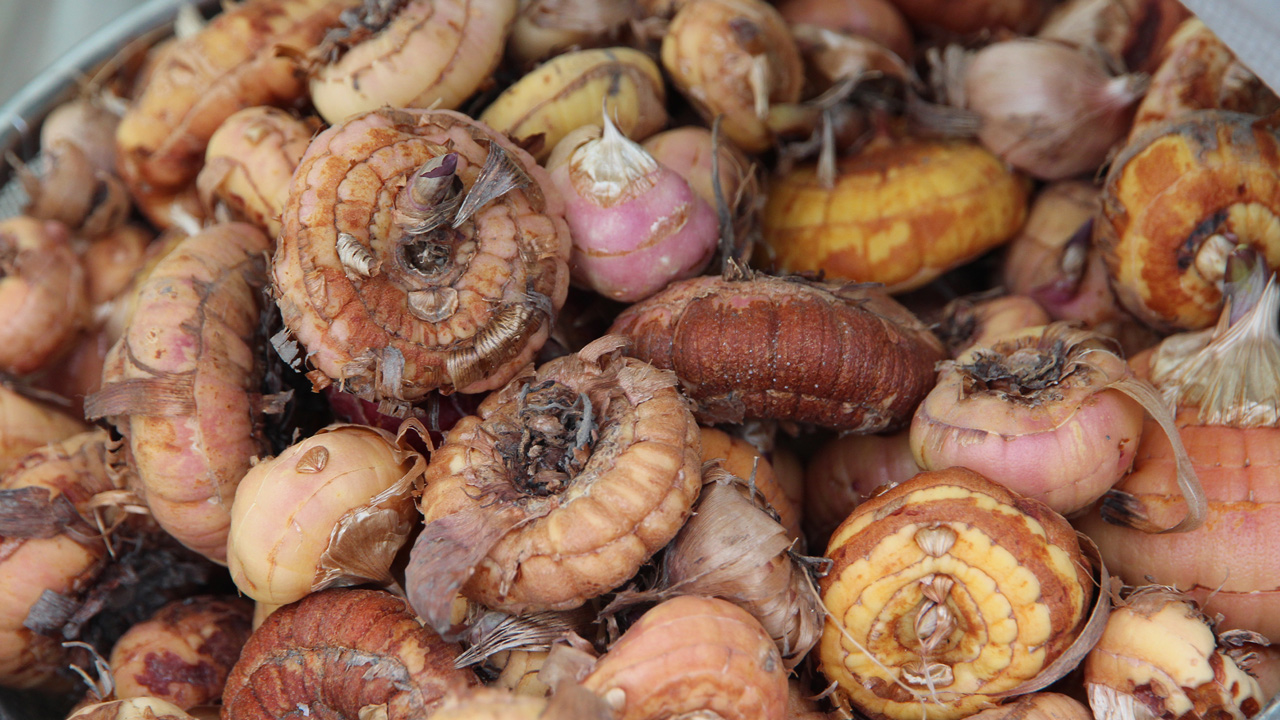
Saving Tender Bulbs for Next Year
In our area of the world, the bulbs and tubers we plant in spring – elephant ear, dahlia, lily, gladiolus, and canna – are tender and won’t survive underground through the winter. So, to regrow these beauties again each year, we need to dig them up in the fall and store them inside.
After the first frost has knocked down the foliage and ended the growing season, dig up the bulbs, cut off the stalks to about an inch or two, and brush off most of the soil. Then, lay them out to dry for a few days before wrapping them loosely in newspaper or in a breathable bag – like a paper grocery sack. You’ll then want to store them in a cool, dark place where they won’t freeze or be exposed to a lot of moisture. An attached garage, the basement, or a cooler spare bedroom are all great options. Every so often, take a peek at your stash of bulbs and throw out any that have developed mold or rotted spots.
Bright Color for Your Patio and Landscape
Spring bulbs may start out a bit drab, but in just a few weeks, they’re anything but boring. Soon, the soil will warm up, and it’ll be time to set these future blooms in the ground in anticipation of a colorful summer. Not sure which to pick or how to plant them? Just ask. We’re here to help!

